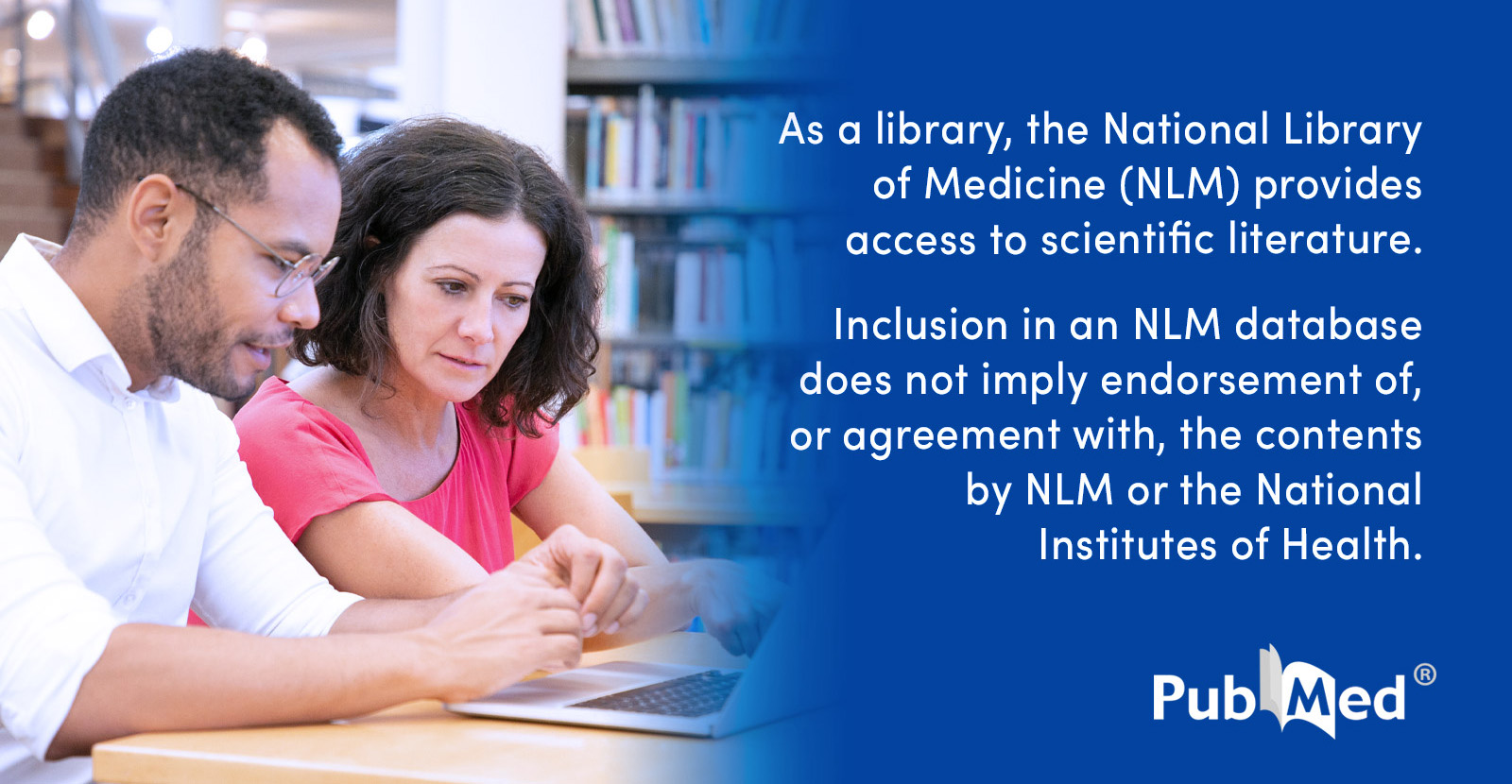*I am new to pharmacology, so I apologize if I get any terminology/concepts wrong*
Hi all,
I got an opportunity to try 5-MeO-MiPT last weekend (fantastic drug, btw), but was badly bothered by intense vasoconstriction and high blood pressure. It got me wondering, what is/are the mechanism(s) behind such effects, which seems to be common to all serotonergic (“classic”) psychedelics I’ve tried?
For instance, this paper lists the binding potency of several dozen major psychedelics. 5-MeO-MiPT binds most strongly to 5ht1a (Ki=12.3 nm), 5ht7 (Ki=19.8 nm), 5ht1d (Ki=22.5 nm), 5ht2b (Ki=58.5nm), as well as 5ht6, Alpha2A, 5ht1b, 5ht2a and Alpha2C, and a number of other different receptors with varying degrees of potency (in that order).
Are the physical symptoms I experienced due to activation of one or more of the serotonin receptors? It also binds to Alpha 2A, 2B and 2C with relatively weak potency, but as I understand it, activation of those receptors by agonists tends to result in vasodilation, not vasoconstriction. I read several papers about the influence of serotonin receptors on hypertension and vasoconstriction, but there didn’t seem to be a consensus on which receptor(s) is/are responsible for these symptoms in psychedelics.
Does anyone know, or have any thoughts?
Hi all,
I got an opportunity to try 5-MeO-MiPT last weekend (fantastic drug, btw), but was badly bothered by intense vasoconstriction and high blood pressure. It got me wondering, what is/are the mechanism(s) behind such effects, which seems to be common to all serotonergic (“classic”) psychedelics I’ve tried?
For instance, this paper lists the binding potency of several dozen major psychedelics. 5-MeO-MiPT binds most strongly to 5ht1a (Ki=12.3 nm), 5ht7 (Ki=19.8 nm), 5ht1d (Ki=22.5 nm), 5ht2b (Ki=58.5nm), as well as 5ht6, Alpha2A, 5ht1b, 5ht2a and Alpha2C, and a number of other different receptors with varying degrees of potency (in that order).
Are the physical symptoms I experienced due to activation of one or more of the serotonin receptors? It also binds to Alpha 2A, 2B and 2C with relatively weak potency, but as I understand it, activation of those receptors by agonists tends to result in vasodilation, not vasoconstriction. I read several papers about the influence of serotonin receptors on hypertension and vasoconstriction, but there didn’t seem to be a consensus on which receptor(s) is/are responsible for these symptoms in psychedelics.
Does anyone know, or have any thoughts?




